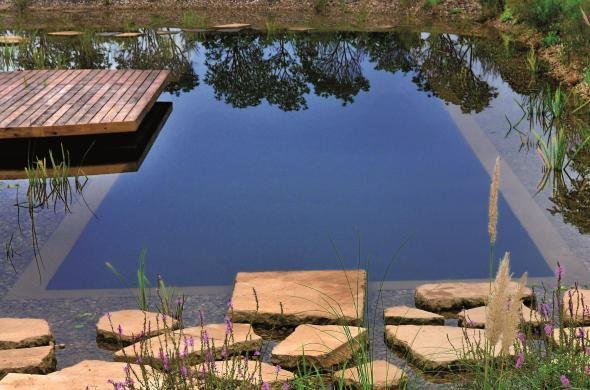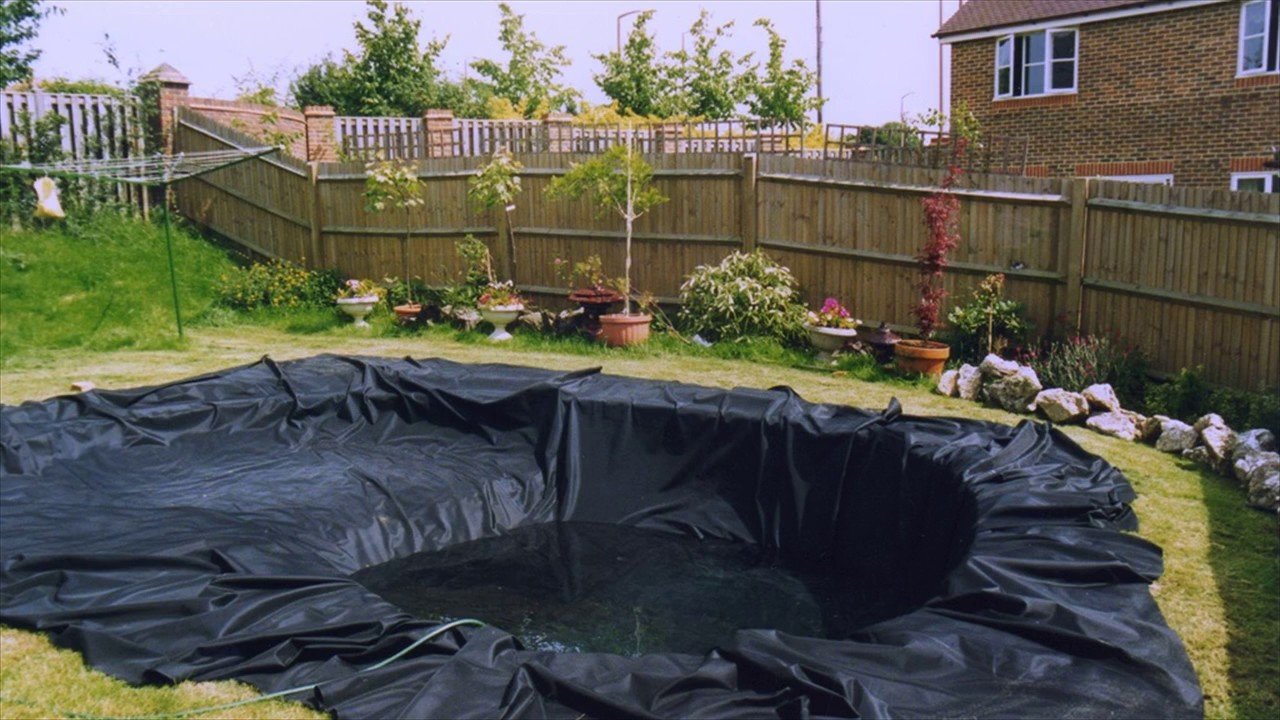Garden Pond Liners

A backyard pond could be decorated with plants or fish or both. It needs to be lined with a preformed, fixed liner or a flexible liner. Rigid or preformed liners are best suited to small ponds. Preformed liners are suitable where you do not have room to dig. These ponds, in different shapes and sizes, are an alternative to the costly concrete pond. Using these substances, an ordinary gardener can install a decent-sized pond less than 1 day, and have it stocked with fish and plant by next morning.
However, to create a pond shape of your selection you may require a flexible liner. Flexible liners come in a variety of measures of depth, together with the thicker ones becoming more resistant to tear and wear. But preformed liners are appropriate to smaller ponds, while for medium and big ones, flexible rubber liners are suitable. Vinyl liners may harm fish and vegetation in the Long Term

When creating a garden pond using a flexible liner, calculate the width, length and thickness of the pond and multiply the maximum thickness by three. Add the figure to the width and length. This dimension will cover the entire foundation and sides, and even leave a percentage around the sides which can be covered with stones to secure the liner in place. On the other hand, installing a rigid or preformed liner requires creating a hole which suits the form of the pond.
Installing Pond Liners is a delicate task, as they are in risk of rupture by sharp things like stones or roots. It's prudent to install a pre-liner between the liner and the dirt, made of materials like Styrofoam, sand and crumpled papers. Despite the fact that you initiate the installation, place the liner round the hole with an overlap all around and smooth any wrinkles. Lay some stone within the overlap, and secure the liner around the pond.
Synthetic liners are okay for smaller ponds, as their health isn't being challenged by micronutrient feeding problems. Soil additives such as sodium bentonite clays are a lot less costly than synthetic liners. The only drawback is they require professional help for upkeep.
Flexible liners are mush better than fiberglass or concrete. Concrete ponds are costly, requiring footings, reinforcements and several layers of concrete. Construction of these ponds requires professional help and above the long term, they begin to crack. With the debut of fresh rubber and synthetic Pond Liners, the drudgery associated with concrete mixing and forming is a thing of the past.
